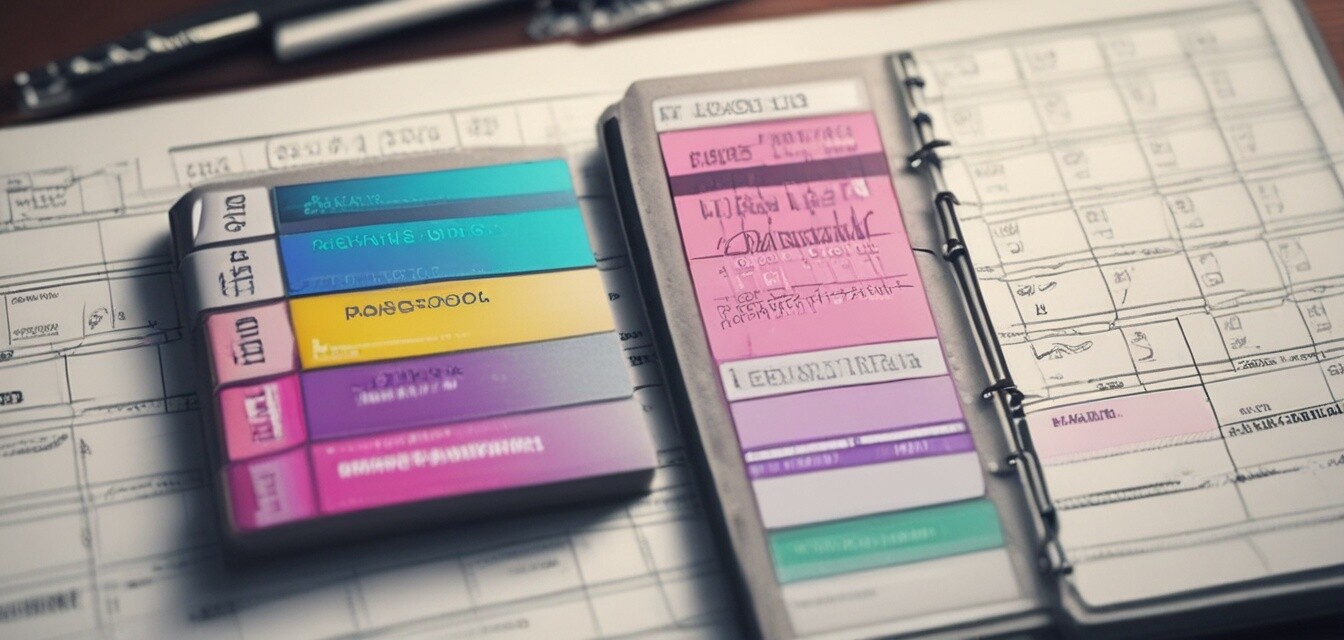
Keeping Your Passwords Updated: A Log Book Strategy
- Regularly updating passwords helps maintain security.
- Organizing passwords in a log book enhances accessibility.
- Using a structured approach can simplify the password management process.
- Diversifying password types can protect against breaches.
In today’s rapidly changing digital landscape, keeping your passwords updated is crucial for security. The complexities of remembering various passwords for different accounts can be overwhelming. Utilizing a password log book can streamline this process and ensure that you're always protected. In this article, we will explore strategies for regularly updating passwords in your log book to maintain your digital security effectively.
Why You Need to Update Your Passwords Regularly
Password security is not just about creating complex combinations; it's also about consistency in updating them. Here are some key reasons why updating your passwords regularly is essential:
- Prevention of Unauthorized Access: Frequent updates reduce the risk of hackers accessing your accounts.
- Response to Security Breaches: If a service you use experiences a breach, it's vital to update your password immediately.
- Reducing Dependency on Memory: With many passwords to manage, it’s easier to record and regularly update them.
Creating a Password Log Book
A password log book is a practical solution to organize and manage your passwords effectively. Here are steps to set up your log book:
- Choose the Right Log Book: Look for a log book that suits your style—whether it’s a customizable journal or a hardcover security log, the choice is yours. You can explore various options in our Password Log Books section.
- Design Your Categories: Organize your log book into categories like social media, banking, and work-related accounts. This structure makes it easier to keep track of your passwords.
- Include Update Dates: Alongside passwords, record the date you last updated each password. This will remind you when it’s time to make changes.
Best Practices for Updating Passwords
Here are some best practices for updating passwords effectively:
| Practice | Description |
|---|---|
| Use Complexity | Ensure your passwords are a mix of upper/lower case letters, numbers, and symbols. |
| Change Regularly | Set a schedule to change your passwords every three to six months. |
| Unique Passwords | Never reuse passwords across different accounts to minimize risk. |
| Two-Factor Authentication | Add an extra layer of security on sensitive accounts. |
Strategies for Keeping Passwords Secure
Here are some techniques to maintain password security while using your log book:
- Review and Audit: Regularly review your passwords and remove any that are outdated or unnecessary.
- Back-Up Your Log Book: Make photocopies or digital versions of your log book to prevent loss.
- Store Log Book Securely: Keep your log book in a safe place where only you have access.
Pros
- Structured management of passwords
- Quick access to necessary credentials
- Enhanced security with regular updates
Cons
- May be lost or stolen if not stored properly
- Physical log books can be damaged
Common Mistakes to Avoid
While maintaining a password log book, ensure you avoid these common mistakes:
- Using Easy-to-Guess Passwords: Avoid personal information in your passwords.
- Neglecting Updates: Don’t forget to follow your update schedule.
- Skipping Security Features: Utilize all available security options, including two-factor authentication.
Conclusion
Maintaining an updated password log book is an effective strategy to enhance your security in today’s digital world. By systematically updating your passwords, using a structured log book, and applying the best practices outlined, you can stay secure and organized. For more tips on managing your passwords, check our Tips and Best Practices section.